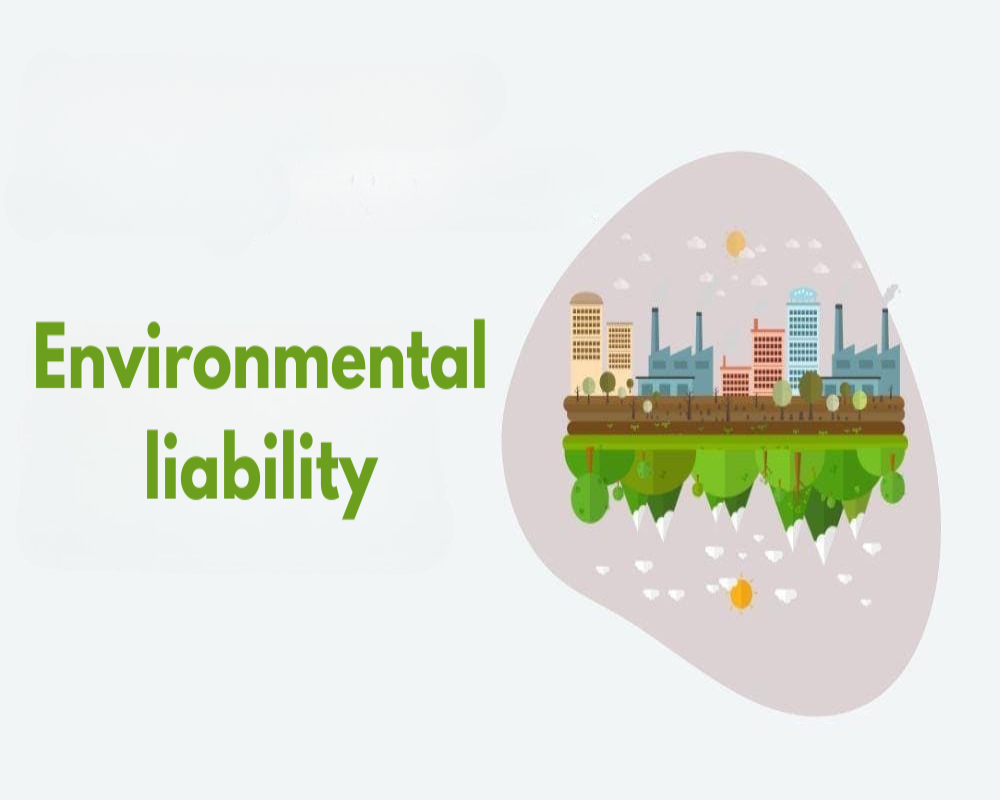Introduction
Environmental liability in land transactions refers to the legal responsibility that a buyer, seller, or other involved party may assume for contamination or environmental damage associated with a property. This liability can arise from the past, present, or future release of hazardous substances into the soil, groundwater, air, or surrounding ecosystems. It poses a significant concern in commercial real estate transactions, as it can result in substantial cleanup costs, regulatory penalties, litigation, and devaluation of the property. Understanding the scope and mechanisms of environmental liability is essential for ensuring that land acquisitions and dispositions are conducted with full awareness of potential risks.
The Basis of Environmental Liability
The legal framework for environmental liability is typically rooted in statutory laws and common law principles. In the United States, for example, the Comprehensive Environmental Response, Compensation, and Liability Act (CERCLA), commonly known as the Superfund law, plays a central role. CERCLA imposes strict, joint, and several liability on current owners and operators, past owners at the time of contamination, and even lenders or tenants in some circumstances.
This means that a party can be held fully responsible for the cost of environmental cleanup regardless of fault, and even if the contamination occurred long before their involvement with the property. The liability is joint and several, meaning that a single party can be pursued for the entire cleanup cost, even if multiple parties contributed to the contamination.
Environmental liability can also arise under state laws, local ordinances, or specific industry regulations. These may establish additional responsibilities related to stormwater management, hazardous waste handling, wetland protection, or endangered species preservation. In many jurisdictions, failing to comply with these rules can trigger enforcement actions that include fines, orders to remediate, or denial of future land use approvals.
Implications for Buyers and Sellers
For a prospective buyer, environmental liability presents a major risk factor that can affect the decision to proceed with a transaction, influence negotiations, or require post-acquisition risk management strategies. If a buyer acquires a contaminated property without adequate due diligence or legal protections, they may become legally responsible for costly remediation—even if they were unaware of the contamination at the time of purchase.
Sellers, on the other hand, may face liability if they fail to disclose known contamination or if they provided warranties or representations in the sales agreement that later prove to be inaccurate. They may also be pursued under statutory liability schemes if they were the party responsible for past releases of hazardous substances.
Because of the potential financial and legal burden, environmental liability is often a focal point of negotiations in commercial property deals. Parties may agree to price adjustments, indemnification clauses, environmental insurance, or escrow accounts to manage potential risks.
Role of Environmental Due Diligence
To assess and manage environmental liability, thorough due diligence is essential before closing a land transaction. This typically includes a Phase I Environmental Site Assessment (ESA), which involves historical records review, site inspections, and interviews to determine the likelihood of contamination. If environmental risks are identified, a Phase II ESA is performed, involving soil and groundwater sampling to confirm the presence of pollutants.
The due diligence process helps buyers qualify for certain legal protections, such as the “innocent landowner” defense under CERCLA, which may shield them from liability if they can prove that they did not know, and had no reason to know, of the contamination at the time of purchase. Additional protections, such as the “bona fide prospective purchaser” or “contiguous property owner” defenses, may also apply if statutory requirements are met.
Allocation of Liability and Risk Management
In many transactions, the allocation of environmental liability is formalized through contractual terms. Purchase agreements may include representations and warranties about the environmental condition of the property, disclosure of known issues, and covenants regarding cleanup obligations. Indemnity provisions are commonly used to assign responsibility for certain risks to one party, while environmental insurance policies can be purchased to cover unforeseen liabilities that arise post-closing.
Some deals involve “brownfield” redevelopment programs, where government incentives, liability protections, and public-private partnerships help facilitate the cleanup and reuse of contaminated sites. In such cases, environmental liability may be mitigated through compliance with remediation standards and ongoing monitoring.
Conclusion
Environmental liability in land transactions is a complex and high-stakes issue that affects both the financial and legal dimensions of real estate investment and development. Whether arising from historic contamination or current non-compliance, the burden of liability can significantly alter the value, usability, and profitability of a property. As such, conducting comprehensive environmental due diligence, negotiating clear contractual protections, and understanding the applicable legal framework are essential practices for any party involved in the transfer of land. In today’s development environment, where environmental accountability is increasingly scrutinized, managing liability is not just about avoiding risk—it is about demonstrating due care, corporate responsibility, and sustainable investment strategy.
Hashtags
#EnvironmentalLiability #LandTransactions #RealEstateLaw #SustainableDevelopment #EnvironmentalRisk #PropertyLaw #LandUse #DueDiligence #ContaminatedLand #LegalCompliance #EcoFriendlyInvesting #EnvironmentalProtection #LandAcquisition #RiskManagement #GreenRealEstate #Sustainability #EnvironmentalAssessment #LegalLiability #RealEstateInvesting #LandDevelopment


